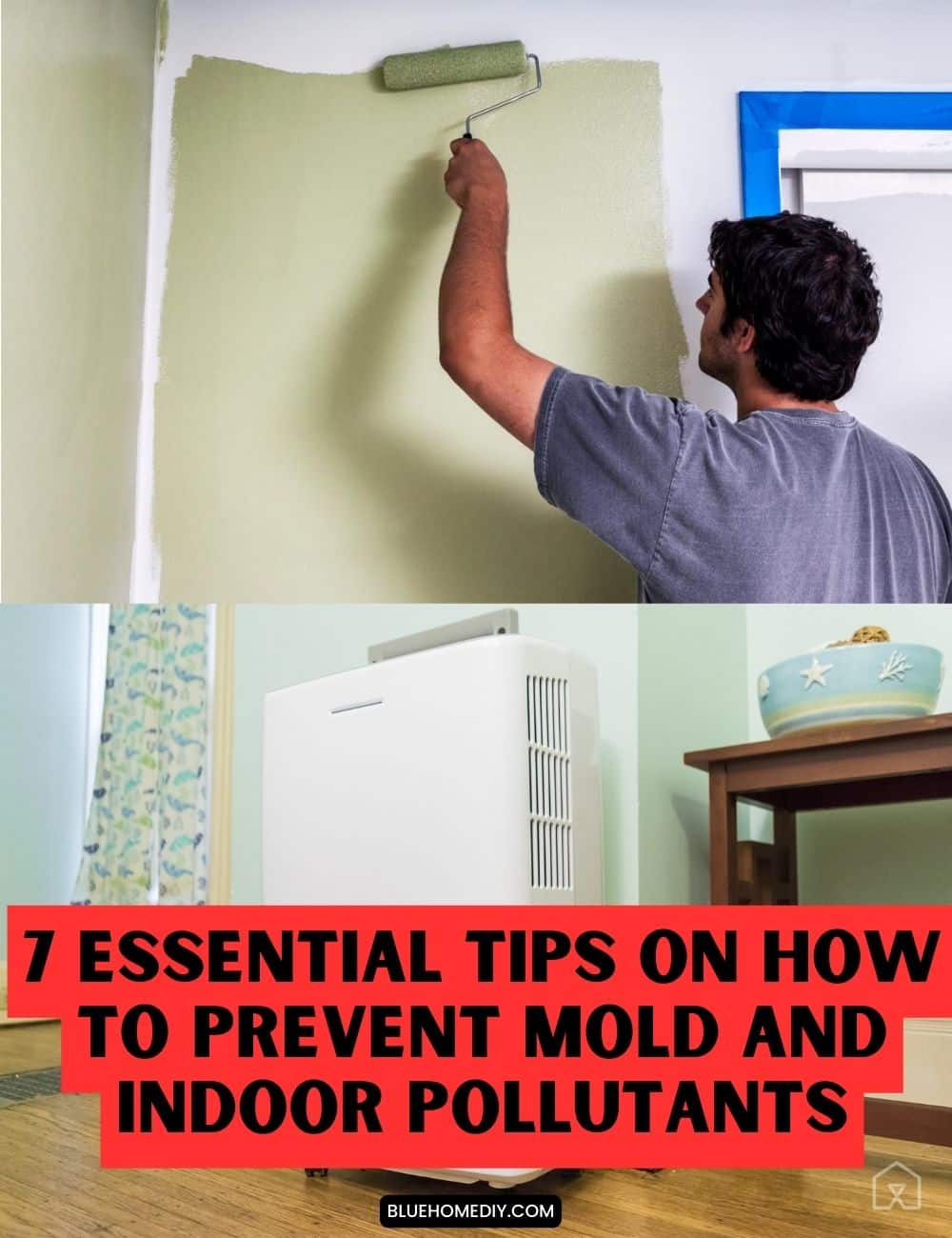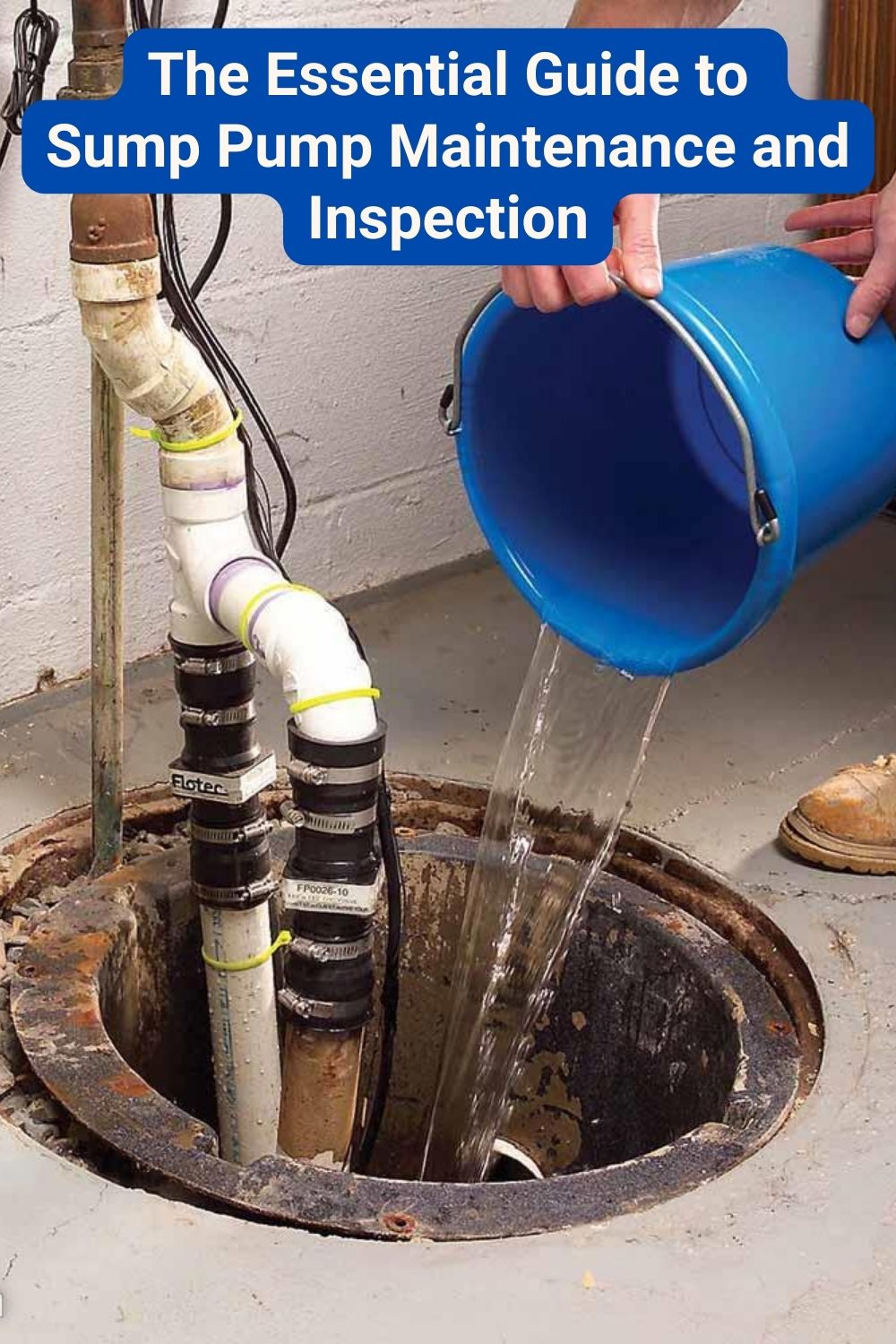How to Prevent Mold – Are you worried about the presence of mold and indoor pollutants in your home? You’re not alone. These hidden dangers can affect your health and damage your property. The good news is that there are proactive steps you can take to safeguard your home. In this article, we’ll explore seven essential tips to help you protect your home from mold and indoor pollutants.
Control Humidity Levels
Controlling indoor humidity is crucial for preventing mold growth and maintaining good indoor air quality. Mold thrives in humid environments, so keeping indoor humidity levels below 50% is essential.
To achieve this:
- Use dehumidifiers in areas of your home prone to high humidity, such as basements, crawl spaces, and bathrooms. These appliances help remove excess moisture from the air.
- Ensure proper ventilation throughout your home. Adequate airflow helps prevent the buildup of moisture. Use exhaust fans in kitchens and bathrooms, and make sure your home has sufficient cross-ventilation by opening windows and doors when weather permits.
- Promptly address any water leaks or sources of moisture in your home. Fixing plumbing, roofing, or window leaks is critical to preventing humidity buildup.
- Consider using moisture-absorbing materials, like calcium chloride-based products or silica gel, in areas with chronic humidity problems.
Monitoring indoor humidity levels using a hygrometer can help you maintain the ideal humidity range and prevent mold and indoor pollutants from becoming a problem in your home.
Regularly Clean and Ventilate
Adequate ventilation is vital to keeping indoor air fresh and healthy. Ensure your home has proper ventilation systems in place, and make it a habit to open windows and doors to let fresh air circulate. Additionally, regular cleaning can help remove dust, pollen, and other pollutants that may exacerbate indoor air quality issues.
Address Leaks and Moisture Issues
Leaks are a common source of moisture that can lead to mold growth. Inspect your home for any water leaks, including those in the roof, plumbing, or basement. Fixing these leaks promptly can prevent the accumulation of moisture, reducing the risk of mold development.
Roof Leaks: Check your roof for damaged or missing shingles and any signs of water stains on ceilings or walls. Roof leaks can lead to extensive damage if not addressed promptly. Repair any roof issues and ensure proper flashing around roof penetrations.
Plumbing Leaks: Inspect plumbing fixtures, pipes, and connections for any signs of leaks. Common problem areas include under sinks, around toilets, and in the basement. Fix any dripping faucets, running toilets, or visible pipe leaks. Consider insulating pipes in cold areas to prevent condensation.
Basement Moisture: Basements are particularly susceptible to moisture problems. Look for dampness, water seepage, or puddles in your basement. Waterproofing your basement and installing a sump pump can help keep it dry. Ensure proper grading around the foundation to divert water away from the basement.
Use Mold-Resistant Products

Consider using mold-resistant building materials and paints when renovating or redecorating your home. These products are designed to inhibit mold growth, providing extra protection for your home.
Mold-Resistant Building Materials:
- Mold-Resistant Drywall: Drywall with moisture-resistant cores and facings, often called green or blue boards.
- Mold-Resistant Insulation: Insulation materials with moisture-resistant barriers, such as fiberglass insulation with a foil or paper facing treated to resist mold.
- Mold-Resistant Flooring: Flooring materials that are inherently mold-resistant, including porcelain or ceramic tile, vinyl, and sealed concrete.
- Mold-Resistant Caulk and Sealants: Sealants and caulking with mold-resistant additives are designed for sealing gaps and cracks around windows, doors, and plumbing fixtures.
Mold-Resistant Paint:
- Mold-Resistant Paint: Paints that contain antimicrobial additives or mildewcides to inhibit mold and mildew growth on painted surfaces. These are typically labeled as “mold-resistant” or “mildew-resistant.”
These materials and paints are specifically engineered or treated to deter mold growth in moisture-prone areas of your home. When selecting them, ensure they are labeled as “mold-resistant” to ensure their effectiveness in preventing mold and mildew in your home.
Properly Ventilate Bathrooms and Kitchens
Bathrooms and kitchens are prone to moisture buildup due to cooking and bathing. Ensure these areas have exhaust fans that vent moisture outdoors. When cooking or showering, use these fans to help reduce indoor humidity levels.
Regularly Inspect and Clean HVAC Systems
If not appropriately maintained, your heating, ventilation, and air conditioning (HVAC) system can become a breeding ground for mold and other pollutants. Regularly inspect and clean your HVAC system, replace filters as recommended, and consider using high-efficiency filters to trap indoor pollutants.
Reduce Clutter and Dust
Clutter provides hiding spots for mold and dust mites, so decluttering your home can improve indoor air quality. Additionally, dust and vacuum regularly to remove allergens and pollutants from surfaces and carpets.
Conclusion
Following these proactive tips is crucial to protecting your home from mold and indoor pollutants, emphasizing prevention and avoiding costly remediation. If you detect mold or health issues, act promptly. Maintaining a healthy indoor environment is vital for your well-being and home’s durability. Manage humidity, fix leaks, enhance ventilation, and maintain good cleaning practices for a comfortable living space. Regular vigilance and integration of these practices ensure a healthier home and peace of mind – How to Prevent Mold





Leave a Reply